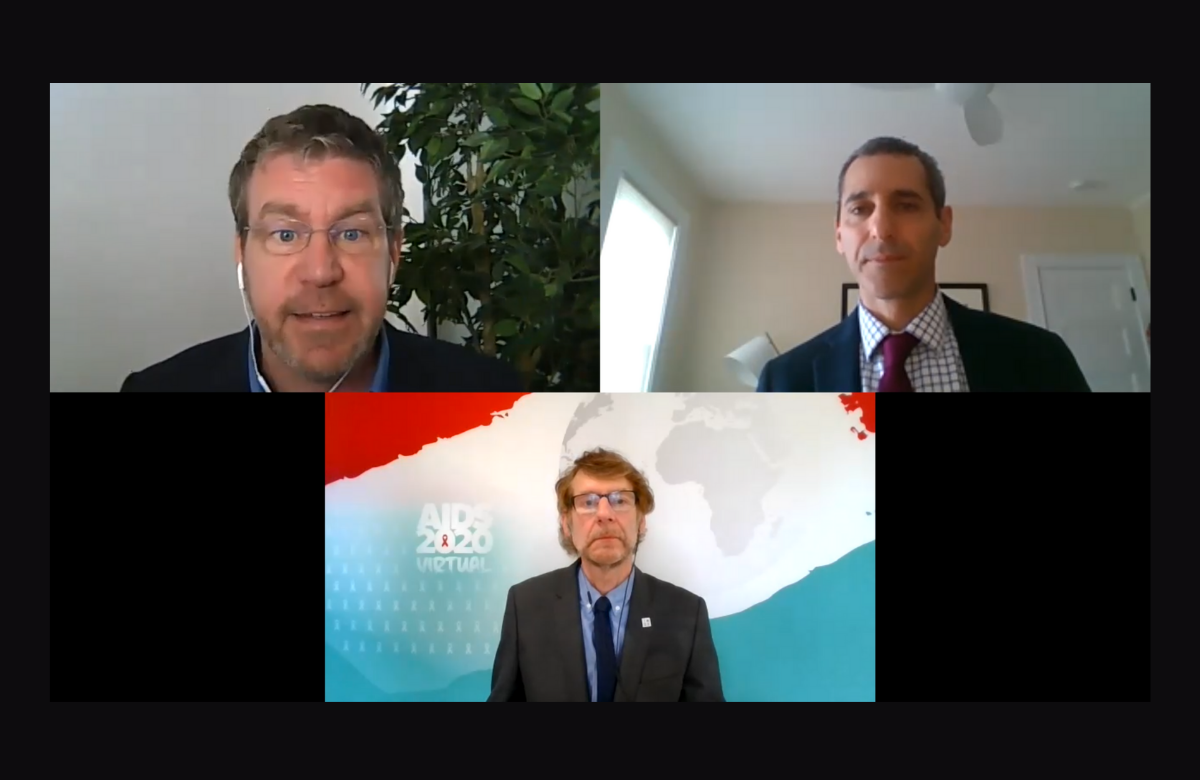
The impact of COVID-19 lockdown on LGBT communities
Erik Lamontagne of UNAIDS presented the findings to the 23rd International AIDS Conference (AIDS 2020: Virtual), which took place online last week.
The survey was conducted via LGBT social media and dating sites between mid-April and mid-May. Over 20,000 LGBT people in nearly 140 countries responded, with three-quarters of respondents partly or totally confined to home at the time.
Twelve per cent had HIV and 94% of people with HIV were on HIV treatment. Of those, 21% said their access to treatment had been limited or complicated, with 7% saying they either had run out or were at imminent risk of running out of antiretrovirals.
In terms of their economic position, 13% of respondents said they had lost their job as a result of the COVID-19 lockdown, with a further 44% concerned about their employment. Food insecurity was frequently reported with 23% eating less or skipping meals.
Sex work had been a source of income for 13% of respondents before COVID-19, but only 2% of respondents were continuing it during the pandemic, while 1% said they had started sex work due to poverty caused by the lockdown.
A second analysis was conducted on a subset of 2134 respondents in nine countries, to see if difficulties in access to HIV prevention services correlated with the severity of government lockdown measures under COVID (quantified using a scoring system devised by Oxford University).
For every ten-point increase in the COVID stringency score, there was a 10% reduction in the odds of access to in-person HIV testing, a 9% reduction in the odds of access to PrEP, a 6% reduction in access to condoms, and a 2% reduction in access to self-testing. Young people (aged under 24) and those in the lowest income band were consistently less able to access prevention services.
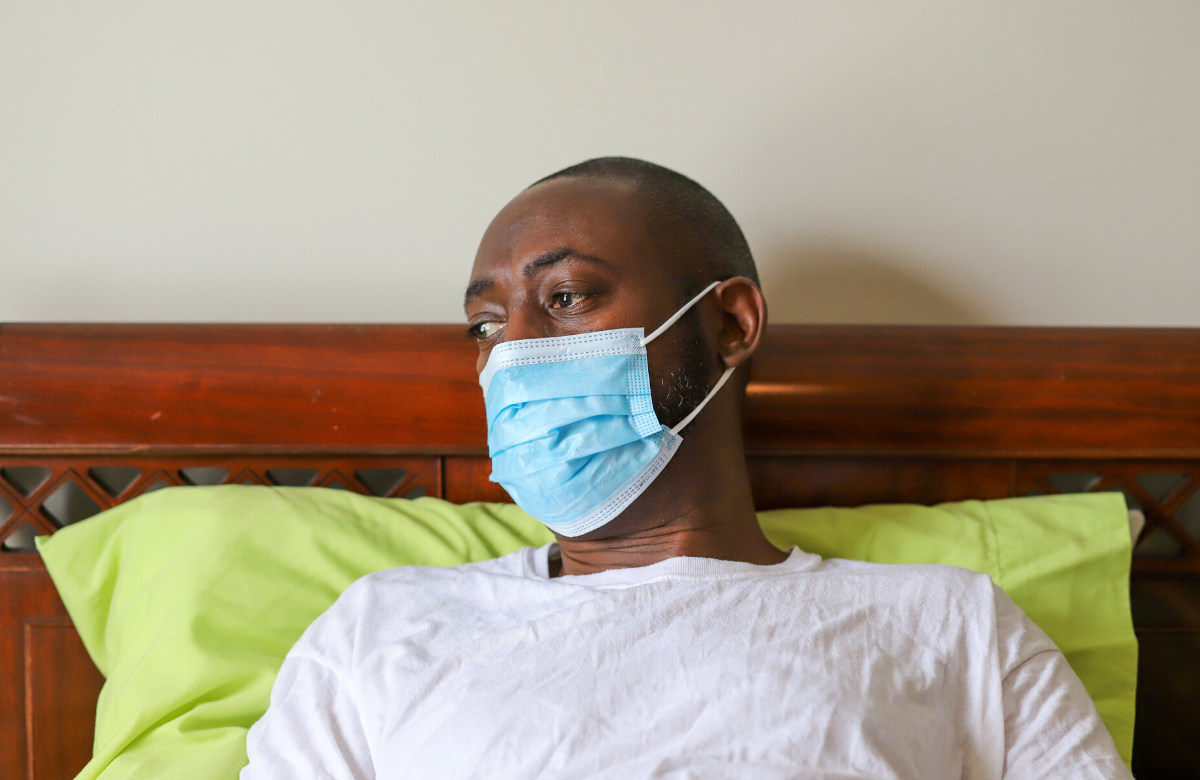
No link between HIV and coronavirus in large US study
The study examined COVID-19 testing and outcomes among people with and without HIV in the Veterans Aging Cohort Study. Of the 30,891 HIV-positive and 76,745 HIV-negative former military personnel in the cohort, 8.4% and 6.5%, respectively, were tested for COVID-19. Of those, the cumulative positivity rate at the end of June was about the same: 9.7% in the HIV-positive group and 10.1% in the HIV-negative group.
Black veterans, who made up just over half of the cohort, were about 70% more likely to contract the coronavirus than white veterans, while Latino veterans were about 40% more likely. These disparities were similar for people with and without HIV.
COVID-19 outcomes were also similar regardless of HIV status. Thirty-four per cent of HIV-positive and 35% of HIV-negative veterans with COVID-19 were hospitalised; 14% and 15%, respectively, were admitted to an intensive care unit; and 10% and 11% died.
Studies conducted in different parts of the world have generally found that people with HIV are no more likely to contract COVID-19 or develop severe illness than their HIV-negative counterparts. The main exception to date is a study from South Africa presented at AIDS 2020 which showed increased COVID-19 mortality among people with HIV.
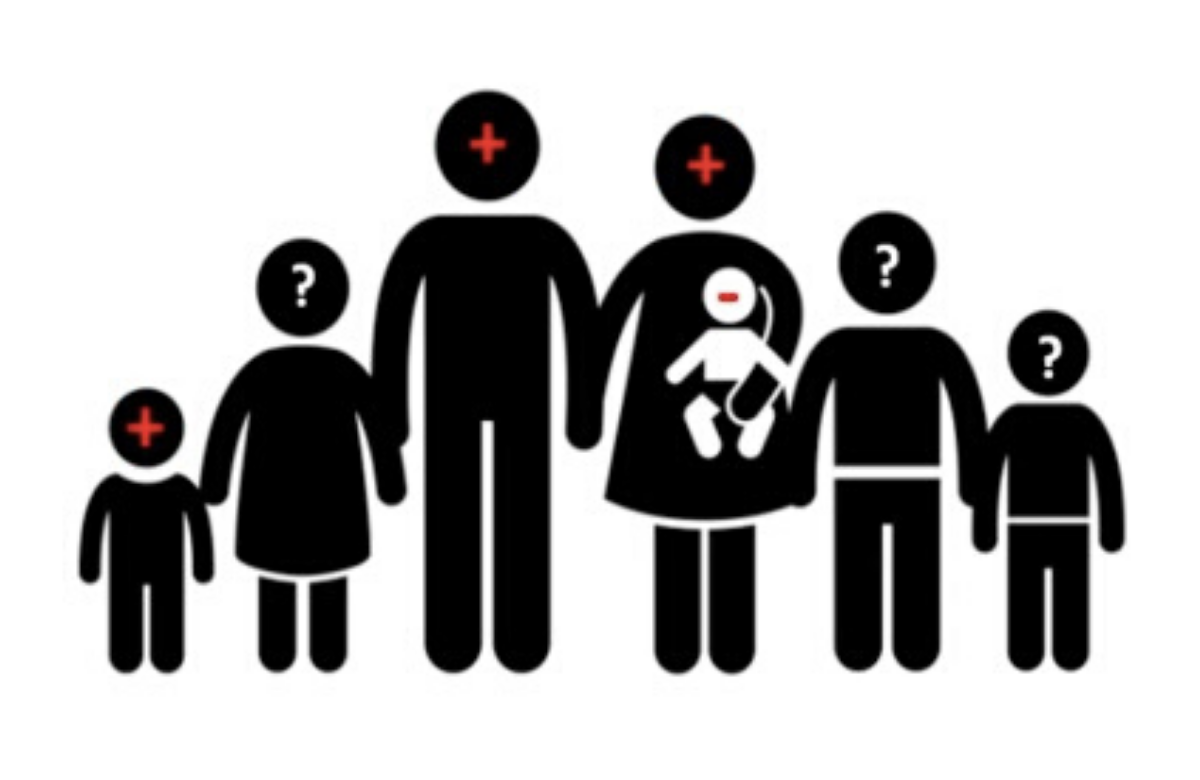
Identifying children with undiagnosed HIV in Africa
In a statement released last week, UNAIDS reported that only 53% of the 1.8 million children living with HIV are receiving HIV treatment, compared with 67% of adults.
This is partly because of problems with access to paediatric formulations of HIV medicines, but a large number of children are not on HIV treatment because they are not known to have HIV.
The US government’s international HIV programme, PEPFAR, is working to expand index testing – offering testing to the children of people who themselves test HIV positive.
In 2019, the number of children tested through index testing was around 825,000, including 220,000 in Tanzania. Eight countries saw a significant increase in paediatric index testing compared to the previous year: Ethiopia led the way with a tenfold increase but Tanzania, South Africa, Nigeria, Zambia and Kenya either doubled or near-doubled their index testing.
The highest proportion of tests that were positive was in the youngest age group: 4.5% of children aged between 1 and 4 tested positive versus 2.8% of children aged 5 to 9 and 2.7% of children aged 10 to 14. This varied considerably between countries; in the Democratic Republic of Congo 14.3% of children under five tested positive compared to 2.1% in Cameroon.
Overall, the proportion of paediatric HIV tests done as part of index testing increased from 9% in the year ending 30 September 2018, to 12% in the following year. The proportion of positive results in children that were due to index testing increased from 17% to 28%.
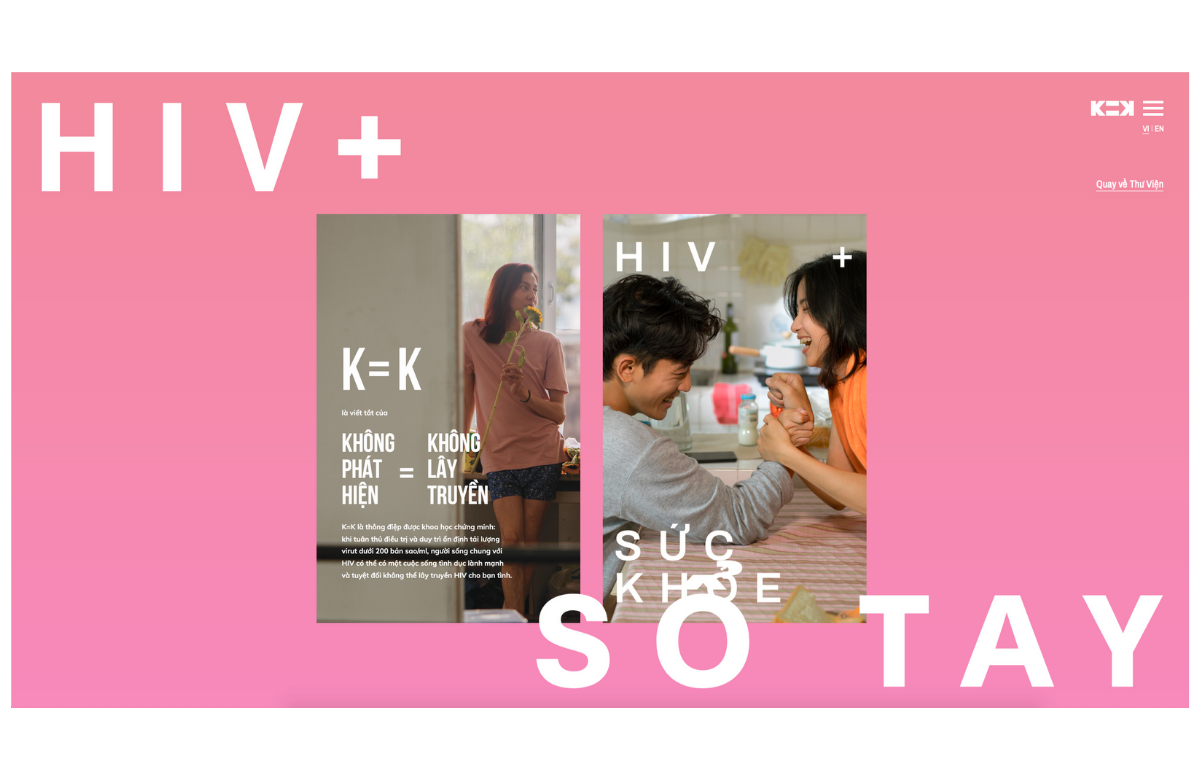
Can U=U be used to reshape HIV programmes?
The community-led campaign to spread the U=U message was launched in 2016 by activists and researchers in New York City, and has since engaged more than 1000 organisations in 100 countries.
The conference heard that, in Vietnam, the Ministry of Health and community leaders have embraced U=U as a central component of HIV prevention efforts, communicating the importance of U=U to people living with HIV, younger men who have sex with men (MSM), health professionals, and the public through tailored advertising campaigns. Over 95% of people on antiretroviral treatment now have an undetectable viral load.
U=U has been harnessed to reshape national HIV service provision. Several aspects were identified as being important to this success, including the endorsement of the U=U message by the government, community leadership and getting healthcare providers on board. Widespread awareness and acceptance of U=U are crucial.
In contrast, a study from Brazil showed that there is limited awareness of U=U beyond groups directly affected by HIV. Almost 1700 people were asked whether they believed the U=U slogan was accurate. While 90% of people living with HIV said they perceived it to be accurate, only 68% of HIV-negative MSM agreed, and this decreased to 35% among participants not in these groups.
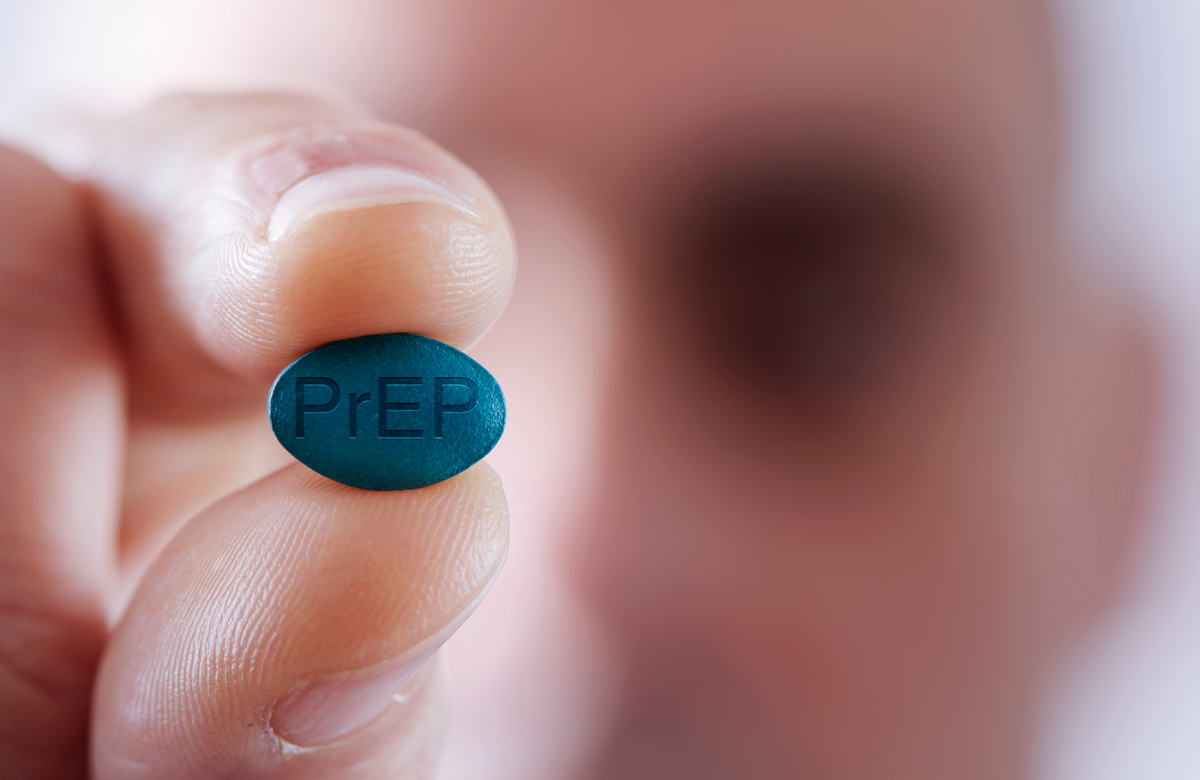
Disparities for MSM in England
Data from several hundred sexual health clinics in England showed an average fall in HIV diagnoses of 40% between 2014 and 2018. A small number of clinics, half of them in London, have been much more successful in reducing new diagnoses in MSM than others. However, even in these clinics, diagnoses are falling more slowly in men who are black and from other ethnic minorities (67% reduction) compared to white men (74%).
In those clinics with less success in reducing new diagnoses, racial disparities were stark, with the reduction in HIV diagnoses for white men averaging 32% but only 12% for black and minority ethnic men.
A second study examined changes in PrEP uptake between 2013 and 2018 in a cohort of 1167 MSM in London and Brighton. Numbers using PrEP rose from zero in 2013 to 43% in 2018. Over half of PrEP was bought online.
Predictors of starting PrEP included a recent HIV test, condomless sex in the past three months, condomless sex with two or more people, use of PEP (post-exposure prophylaxis), chemsex and recreational drug use. It also included being over the age of 40. Indicators of lower likelihood of starting PrEP were not being in employment and being in an unstable housing situation. Data based on ethnicity were not provided.
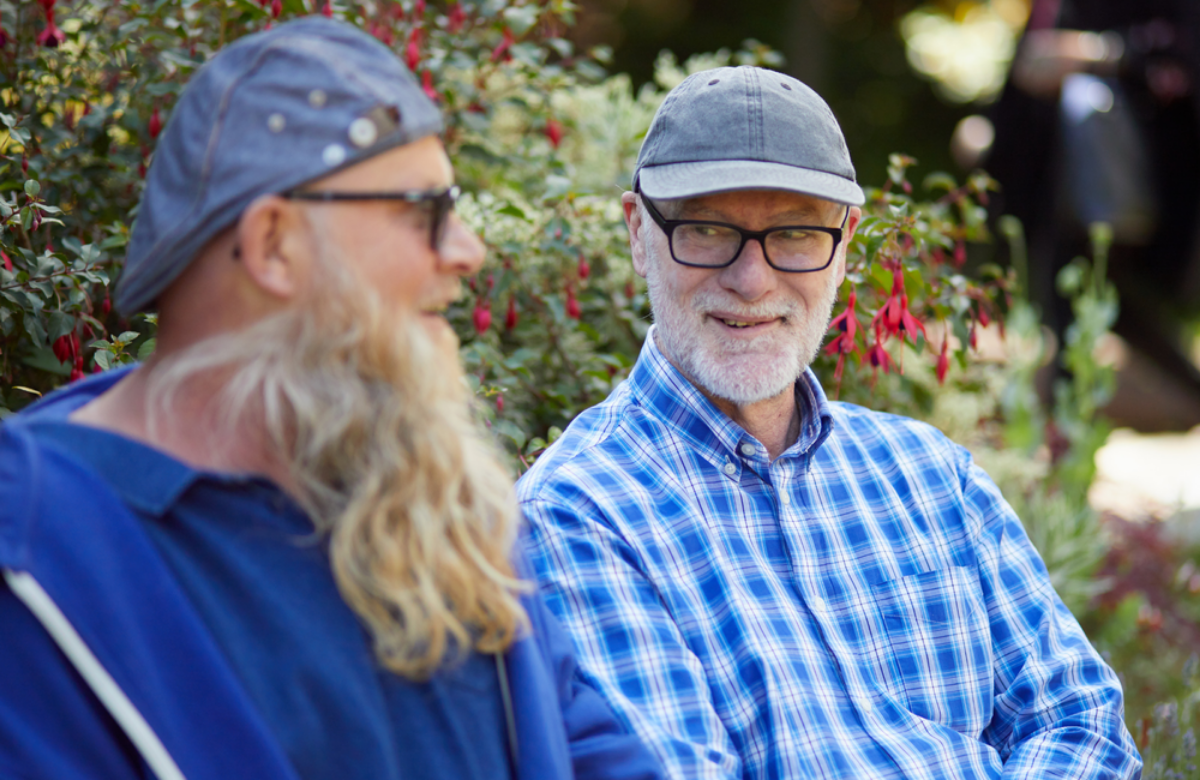
Resilience is key to successful ageing with HIV
The Living Positive in Queensland study in Australia conducted three annual interviews with 73 people living with HIV aged between 34 and 75. Two-thirds were over 50 and 85% were men. The majority reported co-morbidities such as cancer, heart disease and diabetes as well as mental health and cognitive issues.
A central challenge highlighted by participants was a feeling of invisibility that accompanied ageing with HIV. Social isolation contributed to this feeling and was exacerbated by HIV-related stigma, poor health and broader age discrimination. Participants expressed concern regarding the many uncertainties that ageing with HIV brings and the role of social determinants of health, such as income and housing, was also highlighted.
Participants also identified factors that could be protective, building resilience and adding meaning to their lives. These were strongly linked to acceptance of status, social and community connections, sharing experiences of living and ageing with HIV, volunteering and the desire to feel useful.
The role of resilience in ageing with HIV was also explored in research from Canada. Interviews were conducted with 41 men who have sex with men living with HIV in Ontario, aged 40 or older. Most men identified as gay (73%) and 41% were white.
Three broad areas emerged as contributing to resilience: resources (such as community-based organisations and events, health centres and harm reduction programmes), protective factors (supportive family and friends, information about HIV, meaningful sexual relationships, volunteering and activism) and personal strengths (being proactive, perseverance, and self-awareness).
These studies provide insights into the lives of people ageing with HIV, looking beyond a narrow biomedical approach. The researchers identified social support structures as valuable protective mechanisms for people ageing with HIV.

Gene therapy and immunotherapy approaches to curing HIV
Professor Sharon Lewin argued that proof of concept for a gene therapy approach already exists, in the cases of Timothy Ray Brown and Adam Castillejo, who were cured of HIV after stem cell transplants from donors with a mutation in the gene for CCR5. Lewin suggested that elimination of host stem cells might soon be achievable without chemotherapy. Professor John Frater argued that immunotherapy is more likely to deliver long-term remission of HIV, and that gene therapy is still largely unproven in any field, whereas immunotherapies are already being used to treat cancers.
The conference heard the results of two immunotherapy studies involving vesatolimod, a TLR-7 agonist.
The first study was conducted in macaques during acute infection and showed that the combination of early long-acting injectable antiretroviral therapy and vesatolimod quickly suppressed viral load and delayed antibody responses to the virus.
The second study was conducted with HIV controllers, a subset of people living with HIV who control HIV replication without taking antiretroviral therapy for an unusually long period of time. The characteristics of HIV controllers are closely examined by researchers working on immunotherapies. The study demonstrated that oral vesatolimod treatment triggers an immune interferon response that is dependent on the dose of the drug.
Other news from AIDS 2020
Research sheds light on changes in PrEP use over time in San Francisco and Australia
Homeless people with HIV can benefit from person-centred care
New assay finds low levels of intact proviral DNA in HIV elite controllers
aidsmapLIVE: AIDS 2020 special
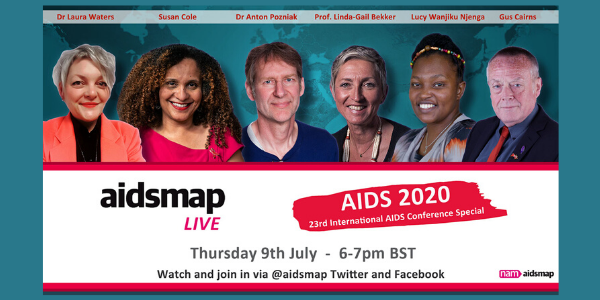
On Thursday 9 July, we broadcast an aidsmapLIVE AIDS 2020 special. Joining NAM’s Susan Cole to discuss the biggest stories from the conference were: Dr Laura Waters, Chair of the British HIV Association; Professor Linda-Gail Bekker, Deputy Director of the Desmond Tutu HIV Centre; AIDS 2020 plenary speaker Lucy Wanjiku Njenga; and NAM aidsmap’s Gus Cairns.
If you missed the live show, you can watch it on aidsmap.com and our social media pages.
Scientific analysis from Clinical Care Options
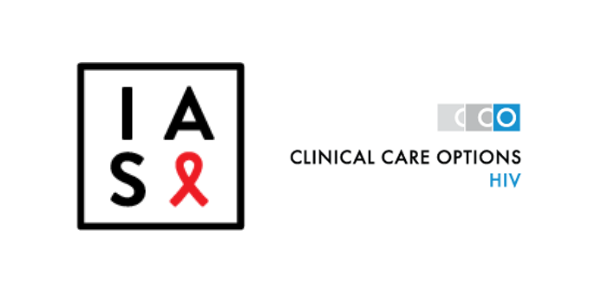
Clinical Care Options is the official provider of online scientific analysis for the 2020 International AIDS Conference through capsule summaries, downloadable slides, rapid expert webinars, and ClinicalThought commentaries.
